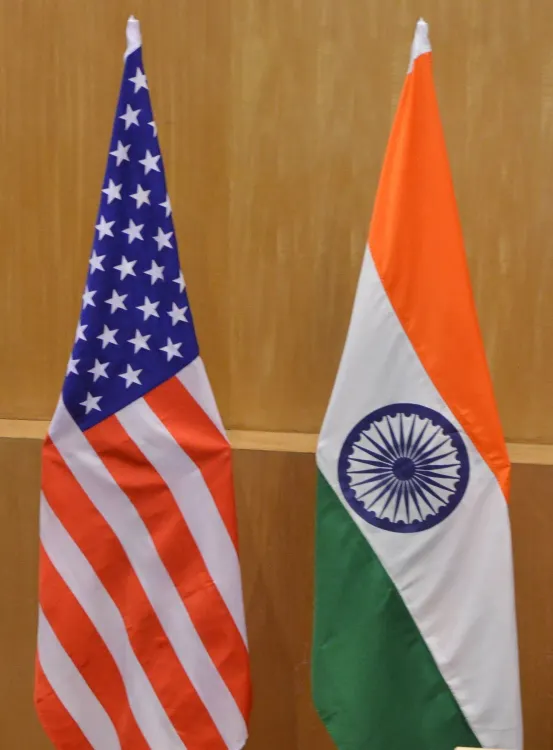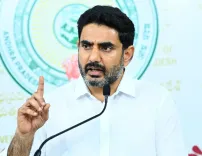Can India Still Negotiate a Trade Deal with the US?

Synopsis
Key Takeaways
- India has opportunities to negotiate trade despite high tariffs.
- President Trump's tariff strategy resembles past negotiations.
- India prioritizes cost-effective oil purchases, impacting its stance.
- The domestic market may buffer against external tariff impacts.
- India's export capacity will be influenced by competitive tariffs.
New Delhi, July 31 (NationPress) Economists assert that India still has the opportunity to negotiate a trade agreement with the United States, even after President Donald Trump announced a 25 percent tariff along with penalties for the country.
India has firmly stated its intention to take all necessary measures to protect its national interests, similar to its approach with other trade deals, including the recent Comprehensive Economic and Trade Agreement with the UK.
Economist Trinh Nguyen remarked that Trump's tariff decision was not unexpected.
“Is this surprising? Not really. I've been contemplating what a potential US-India agreement would entail, and to be candid, I anticipated this. I believe India can negotiate down from this threat. It's not conclusive. However, the question remains, how much lower can it go and what will be the repercussions?” Nguyen stated on the X social media platform.
She characterized this move as a calculated tactic from Trump, harkening back to his dealings with Japan during his previous administration.
“It’s a familiar strategy. Propose a steep number, create leverage, and then negotiate it down,” she elaborated.
“Trump has specific objectives for which he seeks assistance from India or PM Modi. One of these is to resolve the Ukraine conflict, which India is not inclined to assist with. As a developing nation, India prioritizes cost-effectiveness in its oil purchases, sourcing from Russia due to price advantages. Trump, however, aims to curb Russia's oil revenue, creating a conflict of interest for India, which neither views Russia as an enemy nor an ally,” she noted.
Nguyen pointed out that even the European Union and Japan received limited relief, settling at 15 percent tariffs on critical sectors like automobiles. “For India, 15 percent might represent the best-case scenario, but even that won’t come without costs,” she added.
Another motivation for Trump is to showcase that he has opened up India’s extensive market to US exporters, a scenario beneficial for both parties.
“The India-UK agreement indicates that India is gradually opening up its market, but it is doing so on its own terms, cautiously and in sectors it deems less critical to protect, such as ultra-luxury items, with minimal quotas. Therefore, when it comes to automobiles, Trump’s position remains unchanged. For India, relinquishing too much of its domestic market may not be worthwhile, especially if it doesn’t export significantly to the US,” Nguyen explained.
India may be able to concede slightly more than what it offered to the UK, but the UK deal sets a benchmark for protecting domestic auto markets, she added.
Economists believe that the macroeconomic impact of any tariff increase would be mitigated by the size of India’s domestic market.
A recent Morgan Stanley report indicated that India is the “most strategically positioned country in Asia” amid global uncertainties triggered by President Trump’s tariff threats, largely due to its low goods exports relative to GDP. “While India does face direct tariff challenges, we believe it is less vulnerable to a global trade downturn, considering it has the lowest goods exports to GDP ratio in the region,” the report stated.
Experts are of the opinion that India’s export capabilities will ultimately depend on the tariff levels it faces compared to competing nations like China.







